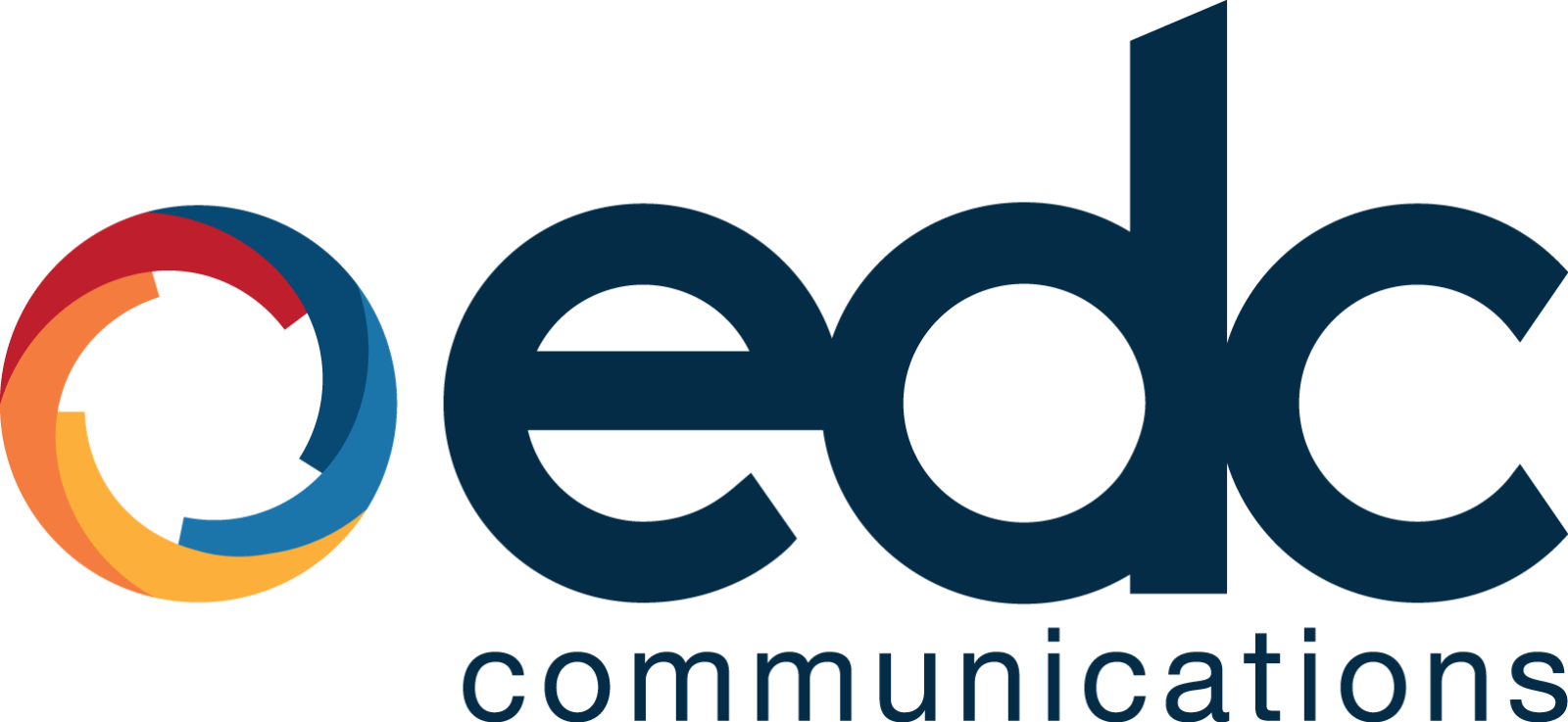Whether you’re presenting quarterly goals to a small team or articulating a growth strategy to your entire organization, the following skills will engage your audience throughout your message:
- Come to the presentation early and interact with audience members.Rapport building starts immediately, not just when your presentation begins. Make an effort to get to know your audience members, then use that information to personalize your message to increase attention and understanding.
- Develop a clear purpose for the message.If you don’t have a clear purpose, your audience will not have a reason to listen. Your audience needs to know why your message matters to them. You can do this by defining and communicating the reason for your presentation, including a value proposition with a clear WIIFM (What’s In It For Me).
- Use major points and minor sub-points to structure clear content.When articulating your content, be clear and concise. Stay focused on your message by giving the overview of the point, the details the audience needs to know, and the bottom line that segues into the next key point.
- Clearly link examples and illustrations to the points presented.Incorporate examples and illustrations to increase your audience’s understanding of your message and keep them engaged. Including a mix of data, personal examples, quotes, etc. will add dimension to your presentation and keep your audience’s attention.
- Suggest appropriate next steps.Once you’ve made your points and sub-points, give the audience an action item or value statement that clearly identifies what is in it for them. Inspire them to action.
- Clearly and confidently present points with medium to loud volume and conversational inflection.Keep your volume up and articulate your words so everyone can hear and understand what you are saying. Volume projects confidence that builds rapport, credibility, and interest in your topic.
- Maintain frequent eye contact with audience members, even when referring to notes or slide content.Use direct eye contact throughout your presentation, moving on punctuation. This keeps your audience engaged and interested in what you are saying.
- Use transitions between key points throughout the presentation. Transitional sentences are essential to a smooth presentation. Look at your key thoughts and write out your transitions from one point to another. Also be aware of complex areas in your presentation where your audience could get confused or lost, then incorporate transitions to help them follow your message.
- Use visual aids to illustrate key points.Visual aids can increase understanding, especially in data-dense presentations. Be sure to use visuals as an aid, not as a crutch. Know your presentation well enough to give it without your visuals. Remember, you should always be looking at your audience when you are speaking, not back at the screen.
- Use appropriate gestures and purposed movement.Keep your gestures natural, but purposeful. Be aware of any nervous movement that may distract from your message. Gestures can help highlight key points but should not be a distraction.
- Facilitate group interactions appropriately (tactics, size of group, time allowed).Use open-ended questions to keep a discussion going and closed-ended questions to transition to a new topic or end a discussion. Interaction tactics like round-robin are helpful for quiet groups, while a poll encourages participation with larger audiences. Keep an eye on the time and be sure to manage participation to ensure you stay on time, on target, and on task.
- Recognize facts and feelings when responding to comments.Actively listen when participants are sharing by reading the emotion behind what is said. Rephrase their comment or question to ensure understanding while removing negativity. Your audience wants to be heard and will appreciate your effort to include them in the presentation.
What is your go-to presentation skill? Anything you would add to the list? Leave your comments below.

